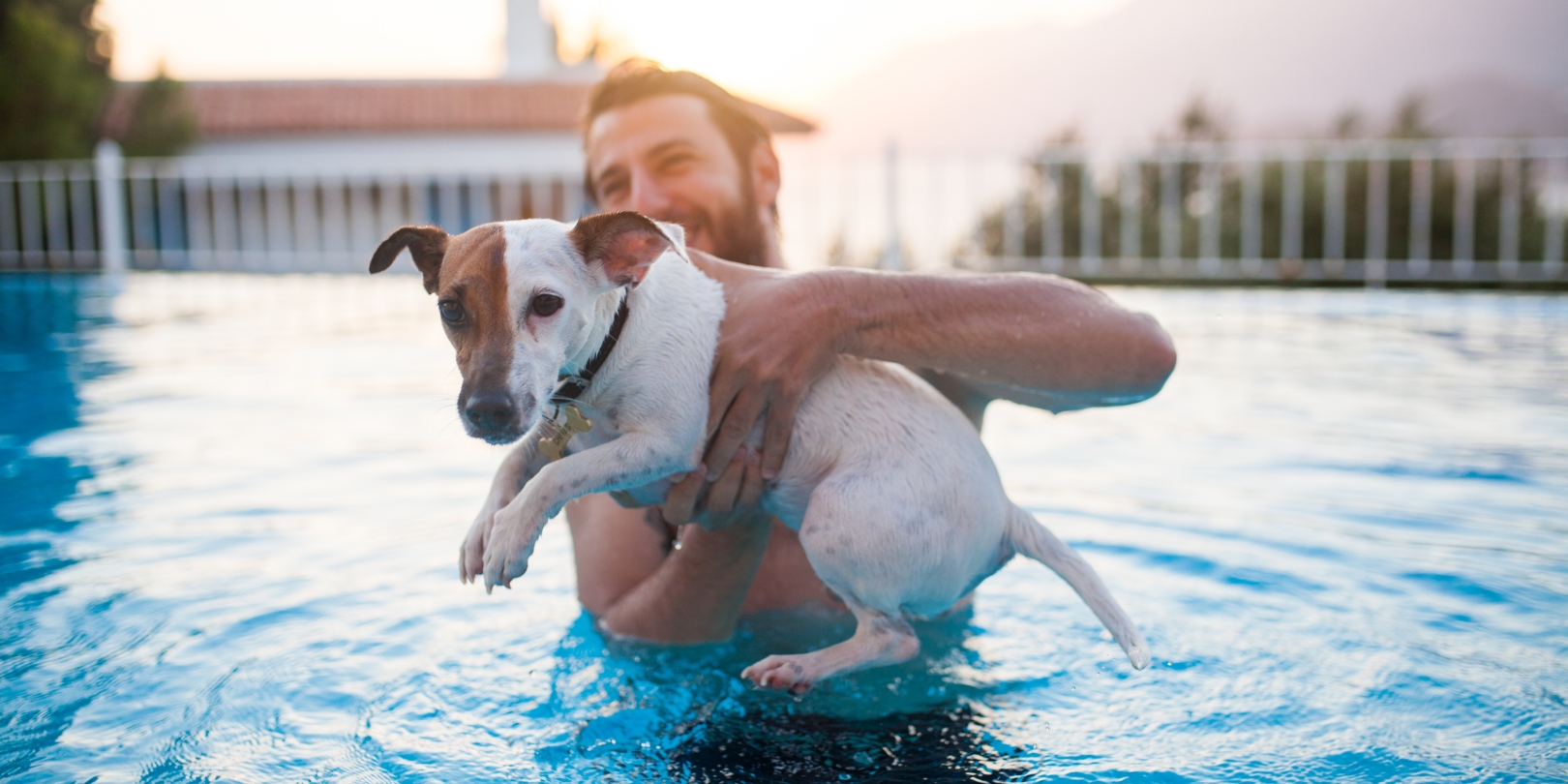Dog Swimming: 5 Water Safety Tips for You and Your Pup

xr:d:DAFo1FL9DFI:492,j:1421284219116661225,t:23080307
As the weather gets warmer, many dog owners look forward to spending time with their furry companions by the water. Whether at the beach, a lake, or a pool, swimming can be an enjoyable and refreshing activity for dogs. Just like humans, however, dogs need proper water safety measures to ensure their well-being while swimming.
In this blog, we’ll explore five essential water safety tips for you and your pup. Understanding how to keep your dog safe in the water will not only protect them from potential dangers but also create a positive and fun swimming experience for both of you.
Tip #1: Know Your Dog’s Swimming Ability
Not all dogs are natural swimmers, and their swimming abilities may vary depending on their breed, age, and physical condition. Some breeds, like Labrador Retrievers and Newfoundlands, are excellent swimmers, while others, such as Bulldogs and Dachshunds, may struggle in the water due to their body structure.
Before introducing your dog to swimming, assess their comfort level in the water. Start in shallow and calm areas and observe how they react to the water. Some dogs may take to swimming instinctively, while others may need more time and patience to feel at ease.
Tip #2: Use a Canine Life Jacket
Regardless of your dog’s swimming skills, it’s a good idea to have them wear a life jacket for dogs while in the water. Life jackets provide buoyancy to ensure your dog stays afloat, reducing the risk of exhaustion or panic. Look for one specifically designed for dogs, with a handle on the back to easily retrieve your pup if needed.
Even if your dog is an experienced swimmer, unexpected currents or fatigue could lead to accidents. A life jacket adds an extra layer of safety, allowing you to relax and enjoy your time together without constant worry.
Tip #3: Supervise Your Dog at All Times
Never leave your dog unattended around water, especially if they are swimming. Even strong swimmers can get into trouble, and accidents can happen quickly. If you’re at a beach or a public swimming area, keep your dog on a leash while out of the water and always within your sight.
Avoid letting your dog swim in unfamiliar or fast-flowing waters, as they may not be aware of hidden dangers or strong currents. Be mindful of changing weather conditions, as rough waters and strong or tall waves can be hazardous for your pup.
Tip #4: Rinse Off After Swimming
After your dog has enjoyed a swim, make sure to rinse them off with fresh water. Saltwater, chlorine, or algae can irritate your dog’s skin, eyes, and ears. Rinse their coat thoroughly to remove any potential irritants. Pay extra attention to their ears and gently dry them to prevent ear infections.
Additionally, if your dog has been swimming in a lake, river, or pond, be cautious of blue-green algae, which can be toxic to dogs. Familiarize yourself with the types of algae as well as signs of algae poisoning and seek immediate veterinary attention if you suspect your dog has been exposed to it.
Tip #5: Teach Exit Strategies
Teaching your dog how to safely enter and exit the water is essential for their water safety. Practice using ramps or stairs in a pool so that they can easily get in and out. In natural bodies of water, show your dog where the shoreline is shallow and safe for entering and exiting.
Avoid throwing your dog into the water, as it may create a negative association with swimming. Instead, encourage them gently and patiently, using treats and positive reinforcement to build their confidence in the water.
Final Note!
Swimming can be a fantastic and enjoyable activity for dogs, but it’s crucial to prioritize their safety in and around water. Understanding your dog’s swimming ability, using a canine life jacket, and supervising them at all times are essential water safety measures. By taking the necessary precautions, you can ensure that your dog has a safe and fun time swimming. Whether you’re at the beach, a lake, or a pool, practicing these water safety tips will strengthen the bond between you and your four-legged friend while keeping them happy, healthy, and safe during your aquatic adventures.
Your Pet’s Best Interest, Always
At Pet Institute, we take pet care seriously. We're dedicated to transparency, impartiality, and the well-being of your pets in every article, review, and recommendation we provide. Our unwavering commitment to these principles ensures that you, our valued reader, always receive reliable and unbiased information. Let us be your trusted guide in the world of pet care and companionship.